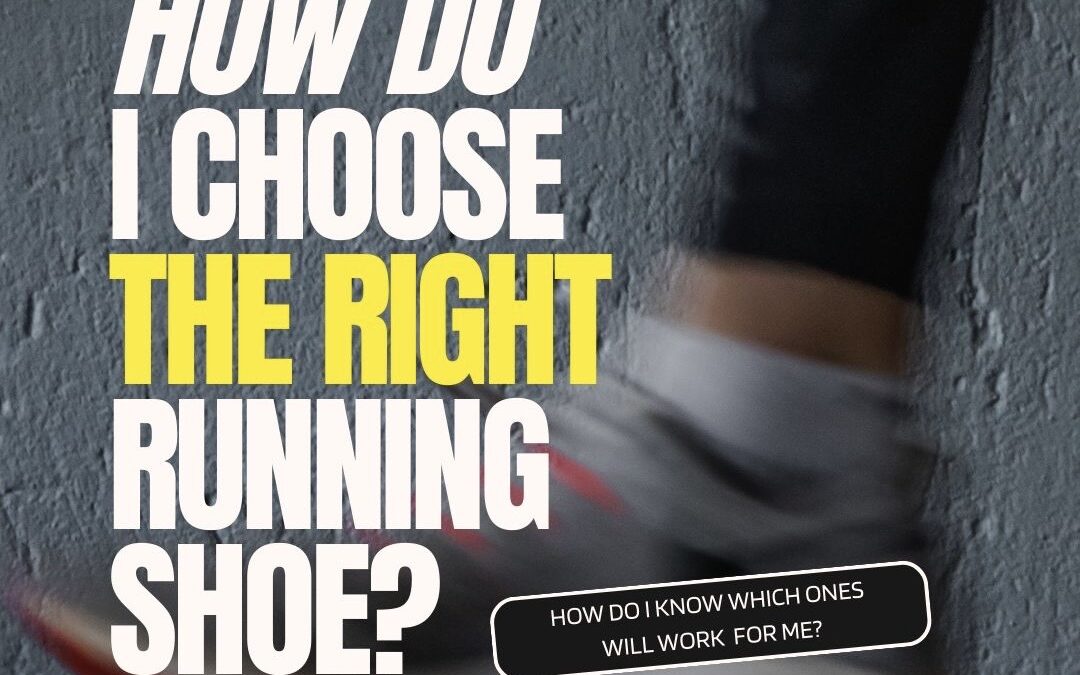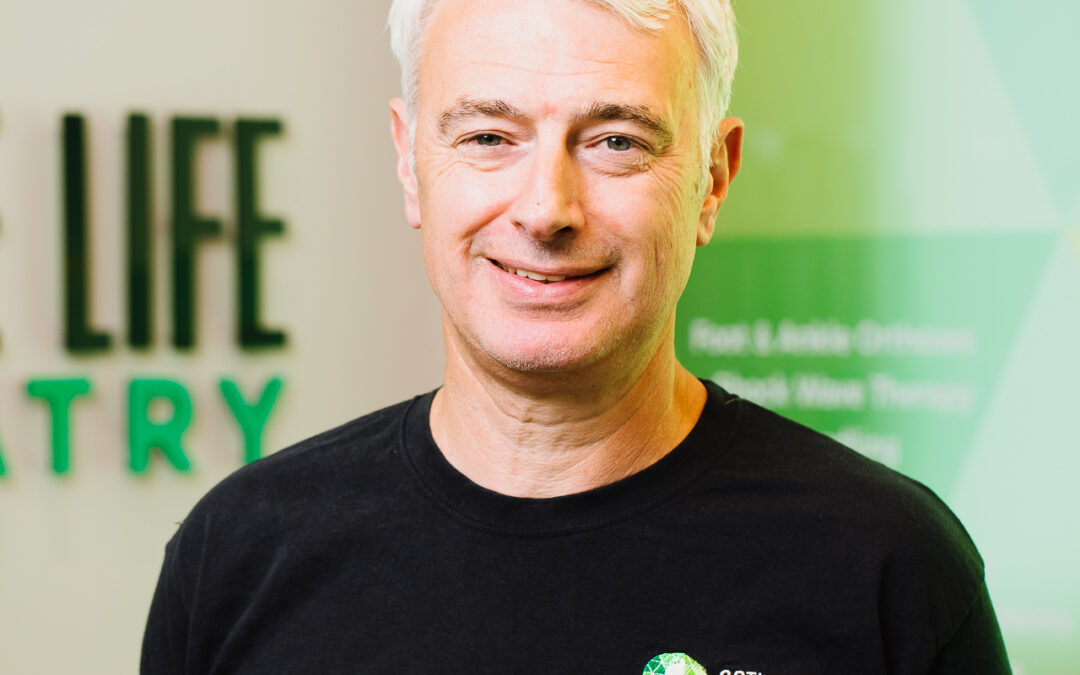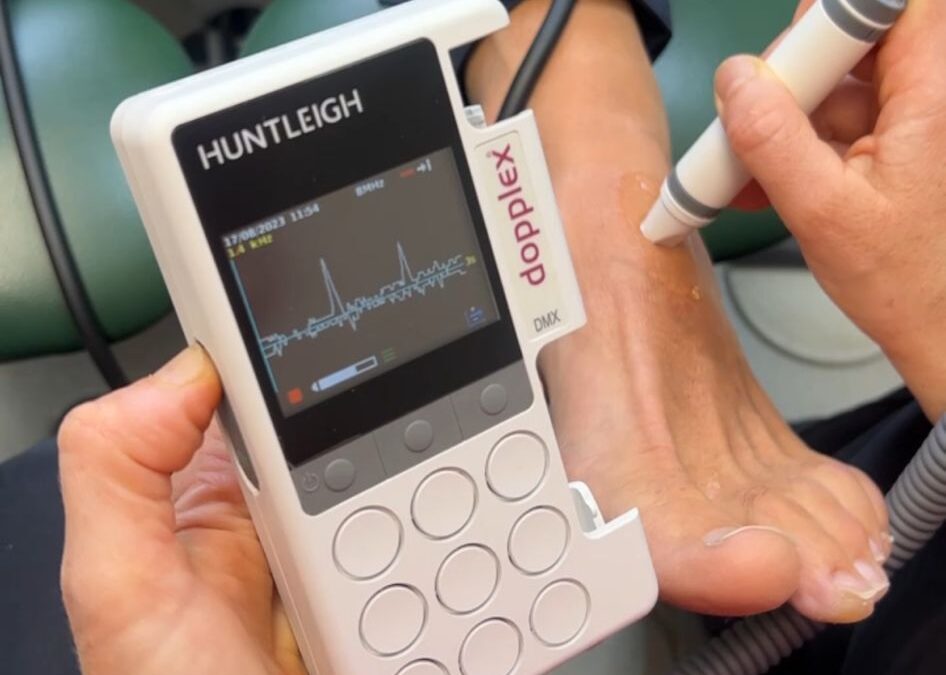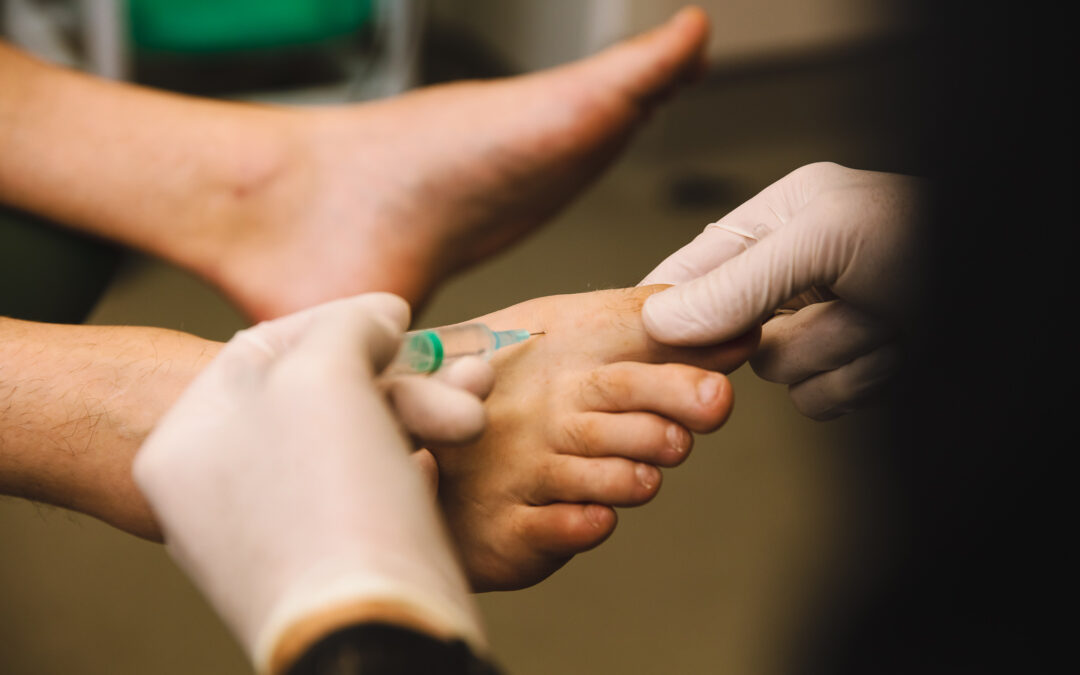
Join the Active Life Podiatry team
Are you our next Office Administrator?
An exciting opportunity has arisen for an Office Administrator to join our industry leading team.
This position is ideal for someone looking for a part-time role, enjoys working with people and being an integral part of a team.
We’re looking for someone who:
- Is an excellent communicator and enjoys working with patients and colleagues alike
- Can work calmly under pressure and deal with issues arising in a timely and effective manner
- Is naturally organised and has good attention to detail
- Is IT literate with basic skills in all Microsoft Office programmes
Roles and responsibilities include:
- Answering emails and phone calls
- Diary management and supporting the clinical team
- Ordering and liaising with suppliers and deliveries
- Filing and administration duties
About this role:
- Clinic based, in our Fulham Clinic
- 10 hours per week, including two Saturdays per month
- Competitive salary
If you only have some of the above, don’t let that stop you applying. Our supportive team can provide you with any necessary training.
And, if you’re the ambitious type, career development and progression opportunities will also be available.
Apply now by submitting your CV to info@alpodiatry.co.uk
If you’d like to apply or find out more about this role, please submit your CV by emailing us.
#TakeSteps to look after your feet
Active Life have invested in high-tech specialist equipment and combined with their expert knowledge and technology can provide useful advice on your personal running style and how to improve.
